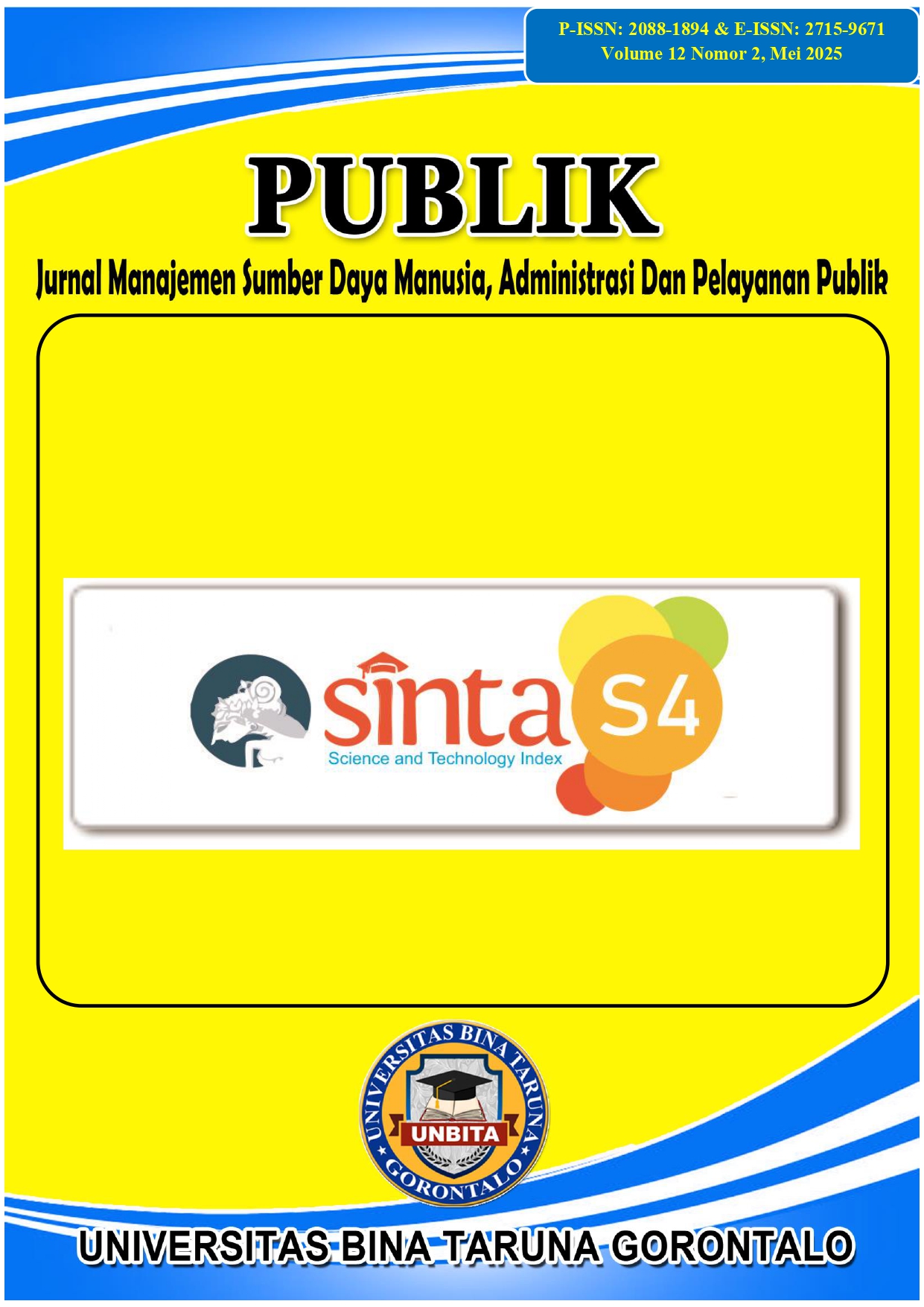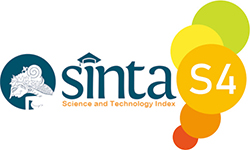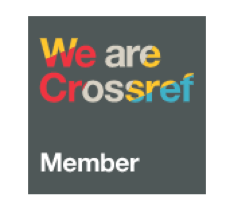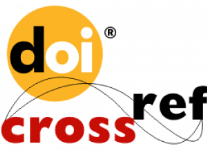PERAN KEPEMIMPINAN KEPALA SEKOLAH DALAM MENINGKATKAN KINERJA GURU PELAKSANAAN TATA TERTIB SISWA
DOI:
https://doi.org/10.37606/publik.v12i2.1720Keywords:
School Leadership, Teacher Performance, Student DisciplineAbstract
This study aims to analyze the impact of school principal leadership on improving teacher performance in implementing student discipline regulations. The approach used in this research is qualitative with a case study method. Data were collected through in-depth interviews, participatory observations, and documentation. The research subjects included the principal, teachers, and students at a secondary school in Indonesia. The results of this study indicate that the leadership of the principal at SMA Negeri 1 Pabelan plays a role in enhancing teacher performance in implementing student discipline regulations. The principal has acted as a role model, motivator, and director by providing guidance, direction, and monitoring of teacher performance. Collaboration between the principal, the vice principal for student affairs, and teachers in formulating, socializing, and enforcing student discipline regulations has created a synergistic working atmosphere that supports discipline within the school environment. However, some challenges remain, such as a small number of undisciplined teachers, the principal’s limited time for intensive supervision, and external environmental influences affecting students. Supporting factors, including the commitment of the school community, the availability of facilities and infrastructure, as well as support from parents and the wider community, serve as crucial assets in optimizing the implementation of student discipline regulations. To overcome existing obstacles, the principal has implemented various strategies, including intensifying communication and coordination, mentoring undisciplined teachers, delegating supervision tasks to vice principals and senior teachers, and enhancing teacher competencies through training, seminars, and further studies. This approach not only improves teacher performance but also creates a more conducive learning environment for achieving educational goals.


























